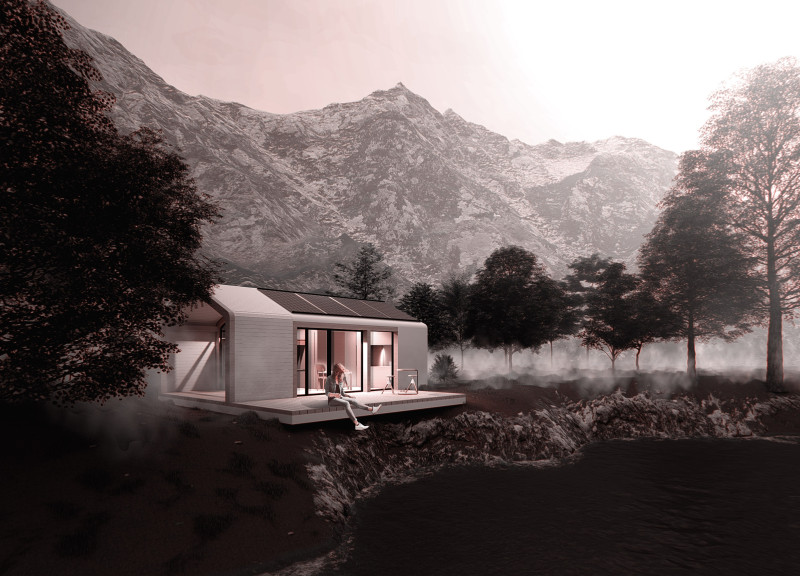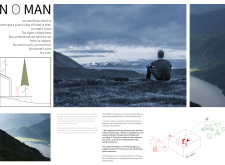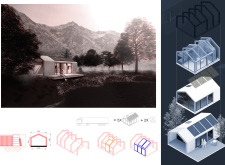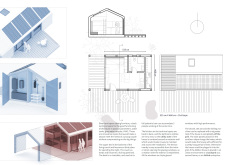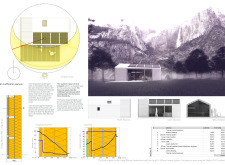5 key facts about this project
The project is primarily designed to serve [specific function, e.g., residential, commercial, cultural, etc.], addressing the demands of the community it inhabits. This functional aspect is meticulously woven into the design, ensuring that the space not only provides structural integrity but also fosters social interaction and engagement among users. The overall layout encourages a sense of flow, allowing for easy navigation while creating distinct zones for various activities.
Critical to the project’s success are its unique design approaches that set it apart from typical structures. The use of an open floor plan facilitates an inviting atmosphere, promoting collaboration and connection among users. By minimizing barriers within the space, the architecture encourages communal activities while allowing natural light to permeate the interiors. This aspect plays a significant role in the overall user experience, contributing to a lively and vibrant environment.
Material selection further enhances the project's appeal. The choice of sustainable materials, such as [list materials like reinforced concrete, glass, steel, or wood], underscores a commitment to ecological responsibility. Each material has been selected not only for its functional properties but also for its aesthetic contribution. For instance, the extensive use of glass provides transparency, bridging the gap between indoor and outdoor spaces, and allows occupants to connect with the surrounding environment. Similarly, the introduction of wooden elements adds warmth, creating a sense of comfort amidst the more industrial materials.
The exterior design elements reflect a modern ethos that respects context while presenting a visionary approach to architecture. The facades are thoughtfully designed with variations in depth and texture, which create a dynamic visual landscape. This layering technique enhances the structure's relationship with light and shadow, further enriching the sensory experience of the occupants and passersby.
Additionally, the incorporation of green spaces—such as terraces, rooftop gardens, or landscaping—offers ecological benefits while providing recreational spaces for users. By integrating nature into the architecture, the design encourages a lifestyle that values well-being and environmental mindfulness. This aspect not only leverages natural resources for energy efficiency but also promotes biodiversity, supporting local flora and fauna.
Another unique aspect of the project is its commitment to community engagement. In the design process, attention was given to how the architecture interacts with the surrounding community. Spaces have been designed to accommodate local events and gatherings, emphasizing the role of the project as a community hub. This approach not only strengthens social ties but also enhances the architecture's relevance to the inhabitants.
The design process involved meticulous planning and consideration of architectural plans and sections, which outline the functional aspects of the space while providing insight into how various elements interact within the overall framework. This level of detail is critical to understanding the architectural ideas that drove the project and how they manifest in the final design.
For those interested in delving deeper into this architectural project, there is a wealth of information available regarding its architectural designs, including detailed plans and sections that illustrate the thought process behind each design choice. Exploring these elements will provide valuable insights into the innovative approaches taken throughout the project, showcasing how architecture can successfully respond to both environmental and community needs.
Readers are encouraged to review specific elements such as the architectural plans and sections to appreciate the careful consideration put into this project. Engaging with the design on a deeper level will highlight the thoughtful integration of form, function, and sustainability that defines this architectural work.


